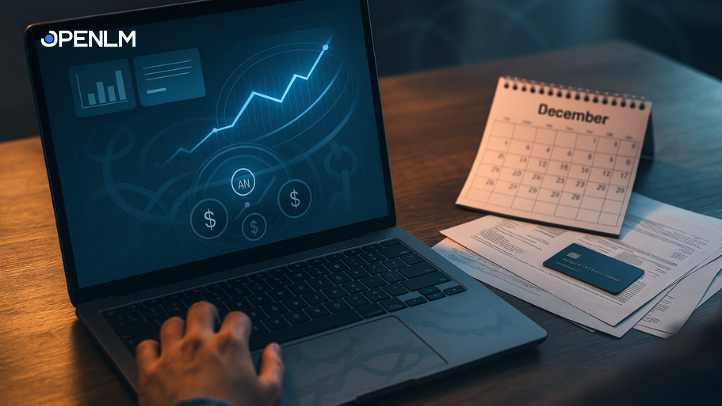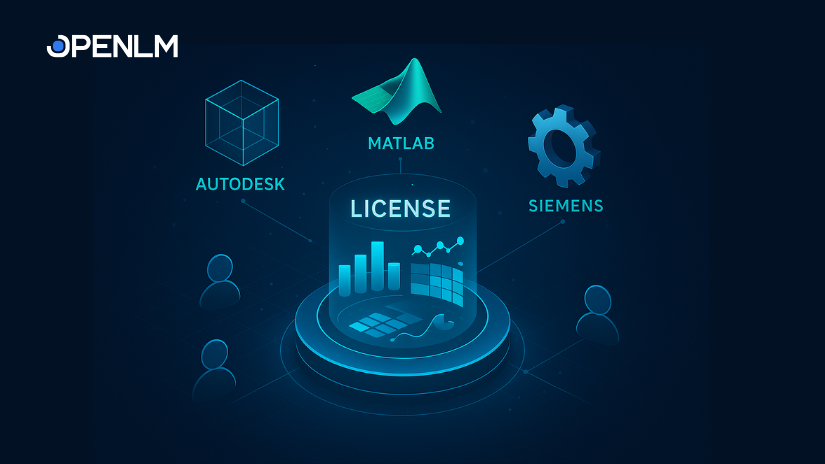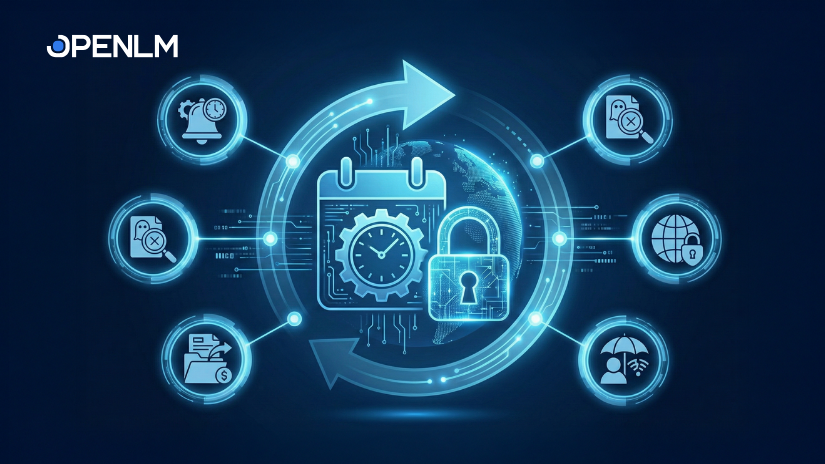Let’s start with a real-life example to understand the role of license harvesting. The IT manager at a large engineering firm noticed a surge in CAD software license purchases. However, license usage reports from OpenLM revealed many licenses were idle for extended periods.
Here, the License Manager identified underutilized licenses using OpenLM’s harvesting features. This freed up licenses for active users, saving the company from unnecessary software purchases and improving overall license utilization.
Table of Contents
ToggleWhat is license harvesting?
License harvesting is the proactive way to reclaim and release idle licenses in the pool for other users. Remember, an open application session doesn’t always mean the license is in use. The user may have opened the application and then is doing some other task, leaving the application idle. With the help of license harvesting, you can optimize such licenses.
The primary license harvesting method involves two actions:
- Identifying idle open application sessions
- Safely releasing the licenses to improve license utilization
Overall, the license harvesting feature helps an organization to:
- Make wise decisions on license procurement and maintenance
- Optimize allocation of licenses within the organization
- Improve habits of license consumption by significantly reducing license ‘hogging’
How to implement license harvesting?
- Conduct a comprehensive assessment of your organization’s software licenses: Identify all the software applications and the types of licenses associated with each one. This includes user licenses, floating licenses, network licenses, and any other types relevant to your organization.
- Analyze the usage patterns of the software licenses: Identify which licenses are consistently being used to their full capacity, which ones are being underutilized, and which ones are remaining unused altogether. The reporting generated by smart SLM solutions helps in these regards.
- Establish clear policies and guidelines for license harvesting: Determine criteria for identifying licenses eligible for harvesting, such as usage thresholds or periods of inactivity.
- Inform and educate stakeholders: Communicate the license harvesting initiative to relevant stakeholders within the organization. Make sure employees understand the importance of optimizing license usage and the impact it can have on cost savings and efficiency.
- Conduct regular reviews: Implement a regular review process to assess license usage and identify opportunities for harvesting. This ensures that the organization maintains optimal license utilization over time.
OpenLM is adaptable with diverse types of licenses, including node-locked, named-user, concurrent, dongle-based, and token-based ones, as well as cloud-based or browser-based applications. Moreover, by leveraging BI integration, the solution generates near-real-time reporting, which puts you in complete control of your software licenses.
What are the different ways of harvesting licenses with OpenLM?
OpenLM offers different license harvesting methods that work for individual types of licenses. Here’s a look at them.
- Save & Close: Saves a user’s opened project, closes the application, and returns the license to the pool. Works for ArcGIS and ArcGIS Pro, AutoCAD (All features that use the acad.exe), SolidWorks, MATLAB, CATIA, Petra, Harmony, and Kingdom.
- Suspend & resume: Detects the idle application, ‘freezes’ the application, and releases the license back to the pool until it is reclaimed. Works for all FlexLM applications.
- Agent procedures: It is a general-purpose license retrieval (not just for FlexLM). It can be used to close standalone/node-locked idle applications as well. Here, you can use machine learning to help the OpenLM Agent identify license usage patterns and define specific thresholds to close licenses.
- Remotely close: This is the manual method where the License Administrator can manually remove a license of an idle application from the Admin interface.
To get a live demo of harvesting license with OpenLM, watch this webinar.
Have specific queries? Write to us, and we will get back to you.





